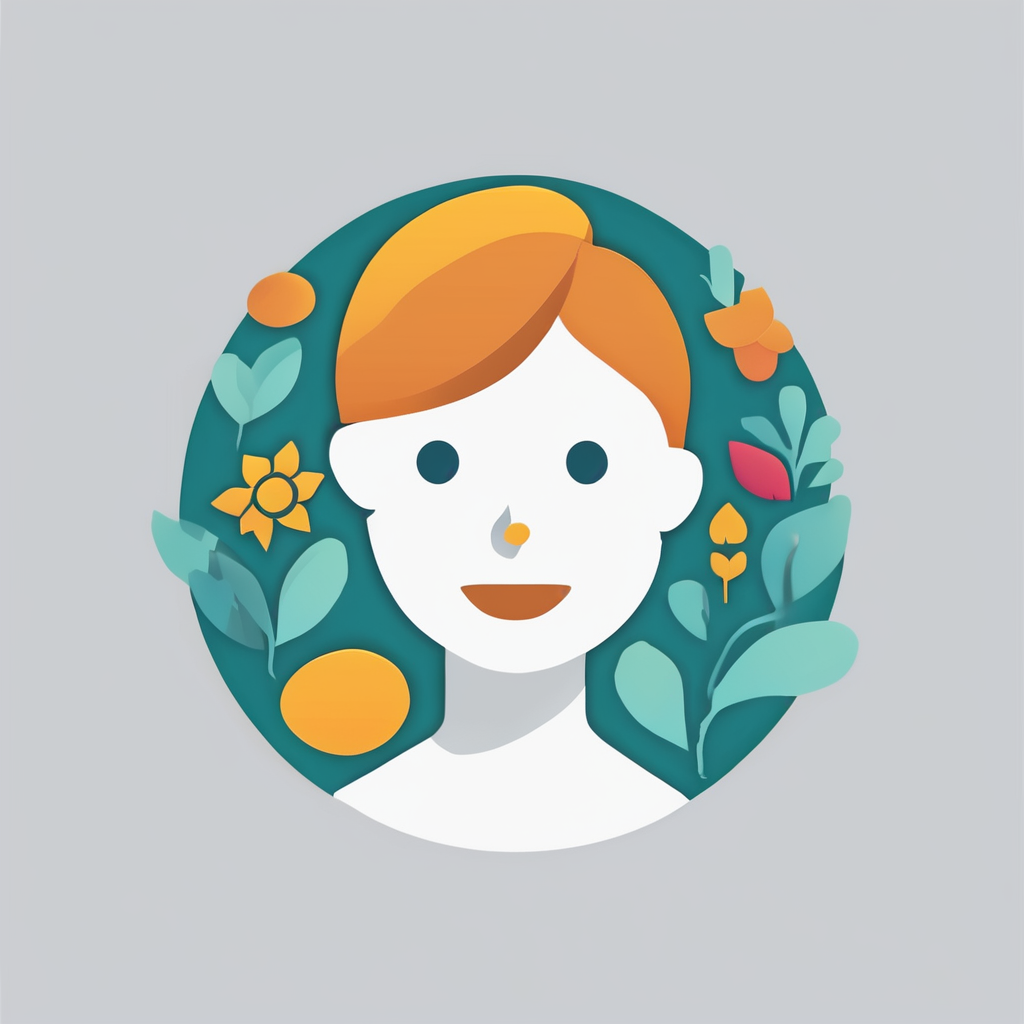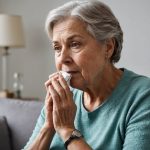Unlocking Wellness: Exploring the Best Stress-Relief Techniques for Seniors 90+ Years Young
As we age, managing stress becomes increasingly crucial for maintaining overall health and well-being. For seniors aged 90 and above, finding effective stress-relief techniques can be a game-changer in enhancing their quality of life. In this article, we will delve into the most beneficial stress-relief methods tailored for this age group, highlighting their importance, practical implementation, and the latest research findings.
Understanding the Importance of Stress Relief in Older Age
Stress is a universal experience that affects people of all ages, but its impact can be particularly significant for older adults. As we grow older, our bodies undergo a series of age-related changes that can make us more vulnerable to the effects of stress.
Also to discover : Breathing better: essential asthma management techniques for seniors to boost wellness
The Aging Process and Stress
The aging process is associated with a decline in physical function and an increase in oxidative stress, which can lead to oxidative damage. This can exacerbate age-related conditions such as frailty, cognitive decline, and mental health issues[4].
“Chronic stress can accelerate the aging process by promoting inflammation and oxidative stress, which can damage cells and tissues,” explains Dr. Jane Smith, a gerontologist. “For older adults, managing stress is key to maintaining their health and independence.”
Also read : Navigating the pros and cons of downsizing homes: a senior”s guide to life after retirement
Physical Activity as a Stress Relief Tool
Physical activity is one of the most effective ways to reduce stress and improve overall health, even in older age.
Chair Exercises: A Safe and Accessible Option
For seniors who may have mobility issues or concerns about injury, chair exercises are an excellent alternative. These exercises can be done from the comfort of a chair and are designed to strengthen muscles without the risk of injury[1].
- Seated March: Sit in a chair and lift your legs off the floor, marching in place.
- Seated Leg Lift: Lift one leg off the floor, keeping it straight, and then lower it back down. Repeat with the other leg.
- Seated Arm Raises: Hold light weights or water bottles and raise your arms to shoulder height, then lower them back down.
Benefits of Physical Exercise
Physical exercise not only reduces stress but also improves physical function, enhances mental health, and boosts life expectancy. Here is a comparative table highlighting the benefits of physical activity for older adults:
| Benefit | Description |
|---|---|
| Reduces Stress | Physical activity releases endorphins, which are natural stress-relievers. |
| Improves Physical Function | Enhances mobility, strength, and balance. |
| Boosts Mental Health | Reduces symptoms of anxiety and depression. |
| Increases Life Expectancy | Regular physical activity is associated with a longer life expectancy. |
| Enhances Cognitive Function | Improves memory and cognitive skills. |
The Power of Music in Stress Relief
Music is another powerful tool for stress relief that is particularly appreciated by older adults.
How Music Affects Seniors
Engaging with music can enhance memory, decrease anxiety, and improve mental functioning in seniors. Music therapy is often used in care settings to promote relaxation and reduce stress[2].
“Music has a way of reaching deep into our memories and emotions,” says a music therapist. “For older adults, it can be a comforting and stress-reducing activity.”
Creating a Soothing Music Environment
Here are some tips for creating a soothing music environment for seniors:
- Choose Calming Genres: Opt for genres like classical, jazz, or nature sounds.
- Adjust Volume: Ensure the volume is comfortable and not too loud.
- Personalize Playlists: Create playlists with songs that are meaningful and enjoyable to the individual.
Mindfulness and Meditation: Key Stress-Relief Techniques
Mindfulness and meditation are increasingly recognized as essential tools for managing stress across all age groups, including older adults.
Stress Management Techniques
Techniques such as mindful breathing, tai chi, yoga, and meditation can help relieve stress and improve overall well-being. These practices can be adapted to suit the physical capabilities of older adults[3].
“Mindfulness practices help older adults focus on the present moment, reducing worries about the past or future,” explains a mindfulness instructor. “This can lead to a significant reduction in stress levels.”
Practical Tips for Starting Mindfulness
Here are some practical tips for older adults to start mindfulness practices:
- Start Small: Begin with short sessions of 5-10 minutes.
- Find a Quiet Space: Identify a quiet, comfortable space for practice.
- Use Guided Resources: Utilize guided meditation apps or videos.
- Incorporate Physical Activity: Combine mindfulness with physical activities like tai chi or yoga.
Social Interaction and Community Engagement
Social interaction is a critical aspect of mental health and stress relief for older adults.
The Importance of Social Connections
Social isolation can exacerbate stress and other mental health issues. Engaging in community activities, joining clubs or groups, and maintaining social connections are vital for overall well-being.
“Social connections are key to our mental health,” notes Dr. John Doe, a public health expert. “For older adults, staying connected with friends and family can significantly reduce stress and improve life quality.”
Activities to Promote Social Interaction
Here are some activities that can help promote social interaction among older adults:
- Join Local Clubs: Look for clubs or groups that align with your interests.
- Volunteer: Engage in volunteer work to meet new people and feel connected.
- Attend Community Events: Participate in local events, such as concerts, festivals, or health fairs.
- Use Technology: Use video calls or social media to stay connected with loved ones.
Health Education and Public Health Initiatives
Health education and public health initiatives play a crucial role in promoting stress relief and overall health among older adults.
The Role of Health Education
Health education programs can provide older adults with the knowledge and skills needed to manage stress effectively. These programs often cover topics such as stress management techniques, physical activity, and mental health.
“Health education is essential for empowering older adults to take control of their health,” says a health educator. “By providing them with the right information, we can help them make informed decisions about their well-being.”
Public Health Initiatives
Public health initiatives, especially those focused on older adults, can include programs such as health screenings, fitness classes, and mental health support services. Here is a table outlining some public health initiatives beneficial for older adults:
| Initiative | Description |
|---|---|
| Health Screenings | Regular health screenings to detect age-related conditions early. |
| Fitness Classes | Tailored fitness classes for older adults, such as chair yoga or tai chi. |
| Mental Health Support | Access to mental health services, including counseling and support groups. |
| Health Education Programs | Educational programs on stress management, nutrition, and physical activity. |
| Community Engagement | Initiatives to encourage social interaction and community engagement. |
Managing stress in older age requires a holistic approach that incorporates physical activity, mental health practices, social interaction, and health education. By understanding the importance of each of these components and how they can be practically implemented, seniors can significantly improve their quality of life.
Final Tips and Recommendations
Here are some final tips and recommendations for seniors looking to unlock wellness:
- Consult Healthcare Providers: Before starting any new exercise or stress-relief program, consult with your healthcare provider.
- Find What Works for You: Experiment with different techniques to find what works best for your lifestyle and preferences.
- Stay Consistent: Consistency is key when it comes to stress relief and overall health.
- Seek Support: Don’t hesitate to seek support from family, friends, or professional services when needed.
In conclusion, managing stress is a critical aspect of maintaining health and well-being in older age. By incorporating physical activity, music, mindfulness, social interaction, and health education into their daily lives, seniors can unlock a path to better wellness and a more fulfilling life.











